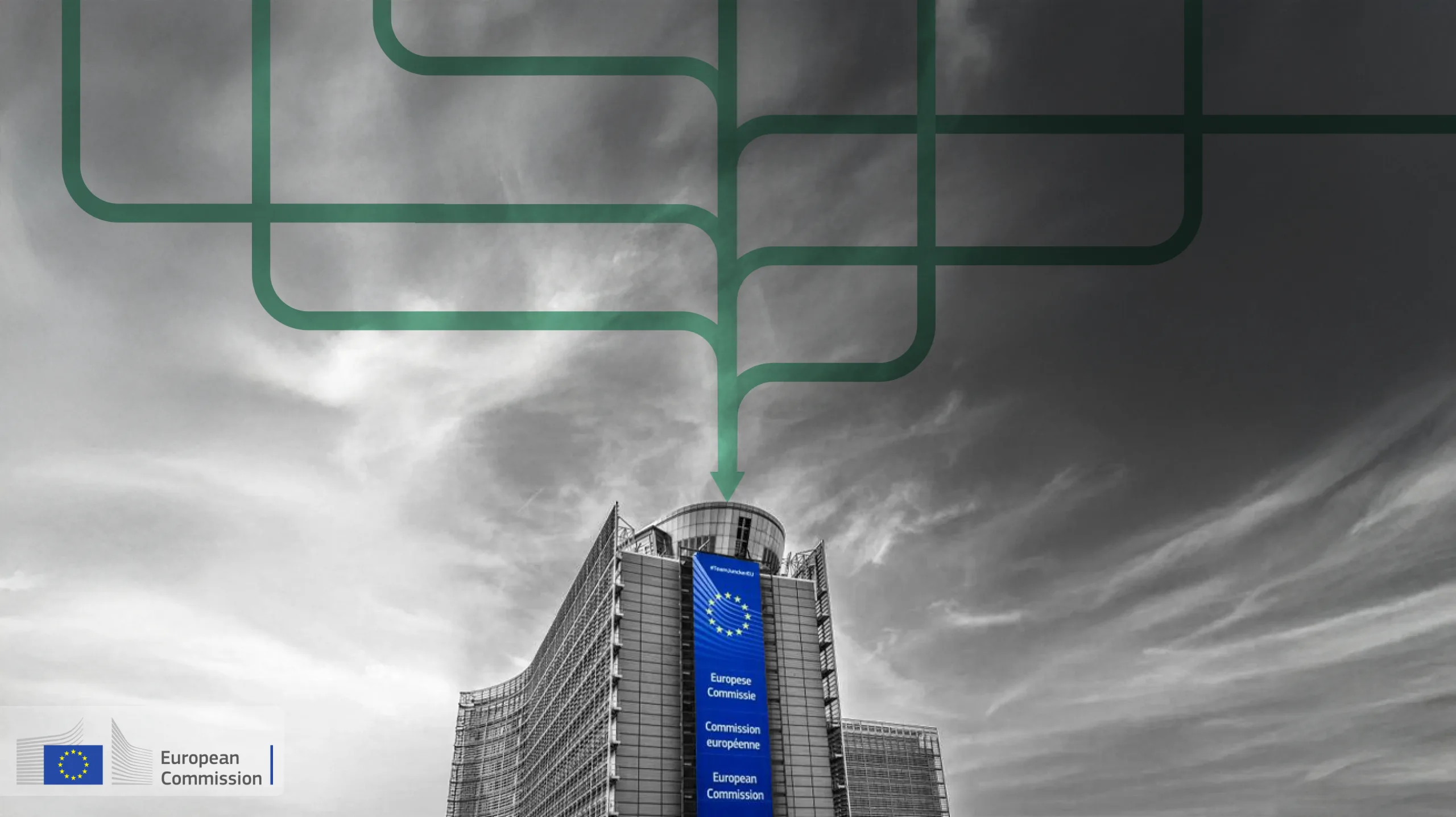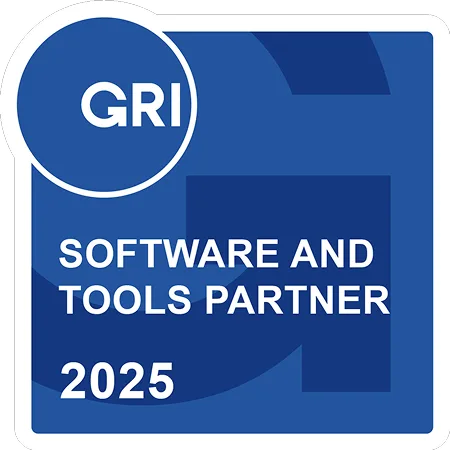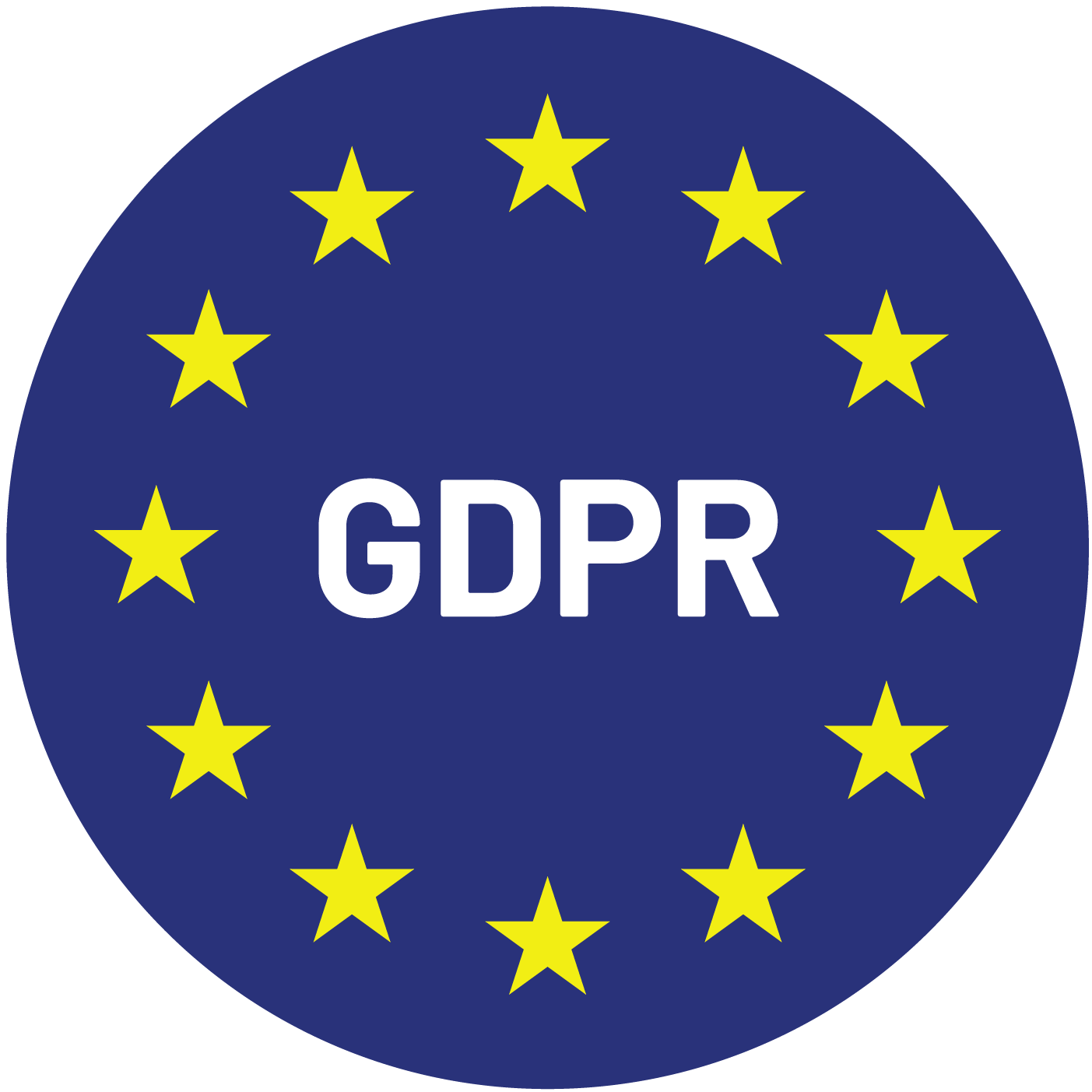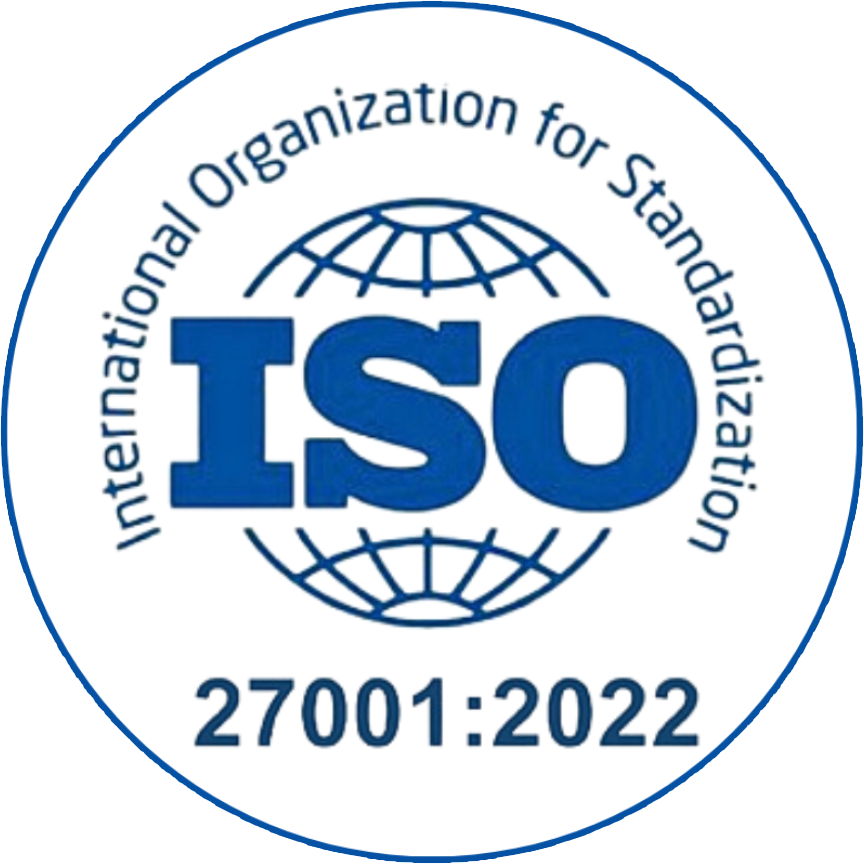Earlier this year, the European Commission proposed the Omnibus Package, a landmark initiative was designed to simplify key sustainability regulations, and reduce regulatory complexity for businesses advancing sustainability efforts, while still aligning with the EU’s ambitious climate goals. In the specific context of Corporate Sustainability Reporting Directive (CSRD), it was proposed that the European Sustainability Reporting Standard (ESRS) be simplified to ease the compliance burden on reporting entities.
EFRAG’s Role in Simplification
Following this, the European Financial Reporting Advisory Group (EFRAG), which originally developed the ESRS, received the mandate to evaluate and revise current standards through stakeholder engagement.
On June 20, 2025, EFRAG released its Draft Progress Report on the ESRS simplification exercise. The EFRAG Sustainability Reporting Board (SRB) approved the draft unanimously.
This report outlines major steps aimed at reducing the administrative burden on companies without compromising the CSRD’s core principles or the EU’s sustainability goals. In this blog, we explore the main challenges with the ESRS and how EFRAG intends to resolve them.
A Peek Into the Revised ESRS
EFRAG’s revision efforts focus on reducing mandatory datapoints and prioritizing quantitative over narrative data. It also emphasizes the distinction between mandatory and voluntary disclosures. Moreover, the revisions seek to improve clarity, maintain consistency with EU laws, and enhance compatibility with global standards. All of this supports the materiality principle, ensuring companies only report relevant information.
To meet these goals, EFRAG has identified six key simplification levers.
Lever 1: Simplified Double Materiality Assessment (DMA)
EFRAG recognized that the Double Materiality Assessment (DMA), a core element of ESRS reporting, has been a major complexity for organizations.
To simplify the process, EFRAG proposes a top-down approach. This begins with the business model to identify material topics and reduces dependency on detailed impact, risk, and opportunity (IRO) assessments.
Key changes include:
- Clarified criteria for determining information materiality, with a focus on decision-usefulness.
- Application of a materiality filter to all datapoints, including ESRS 2.
- Proportionate evidence requirements to avoid excessive documentation.
- Clear limits on reporting, focusing only on material sub-topics, supported by optional guidance.
- Emphasis on fair presentation to discourage compliance-only reporting.
Lever 2: Enhanced Readability and Conciseness
Stakeholder feedback indicated that the ESRS’s flexibility was not clearly communicated. As a result, companies struggle to tell their sustainability stories effectively. This weakens the utility of sustainability statements and conflicts with CSRD’s intent to give them equal weight as financial reports. To fix this, EFRAG introduces several flexibilities:
- Optional executive summaries to highlight material topics and their alignment with strategy.
- Freedom to place detailed metrics and EU Taxonomy disclosures in appendices, reducing clutter.
- Discouragement of duplicate reporting to improve clarity and relevance.
Lever 3: Revised Minimum Disclosure Requirements (MDRs)
Minimum Disclosure Requirements (MDRs) in ESRS 2 outline cross-cutting disclosures on policies, actions, and targets (PATs) for material topics. Topical standards offer deeper PAT guidance. However, this layering has been seen as too detailed and duplicative, adding unnecessary complexity.
To resolve this, EFRAG proposes:
- Limiting mandatory PATs to only essential datapoints; others will move to non-mandatory guidance.
- Requiring PATs only for material matters and existing policies, using topic-level disclosures unless detailed granularity is relevant.
- Creating a single datapoint for disclosing material topics without PATs, removing the need to justify exclusions.
Lever 4: Improved Clarity and Accessibility
EFRAG identified several issues with ESRS language and structure. To increase transparency and ease of use, it will:
- Clearly separate mandatory (“shall”) from voluntary (“may”) disclosures.
- Reorganize the standards so mandatory guidance appears under each disclosure requirement, with non-mandatory content placed separately.
Lever 5: Other Suggested Burden-Reduction Reliefs
Beyond the main levers, EFRAG plans to address several technical concerns that also add to reporting burden:
- Acquisitions and Disposals: Offer reliefs based on data availability.
- Commercially Sensitive Information: Introduce reliefs, pending Omnibus Package outcomes, aligned with IFRS S2.
- Unavailable Metrics: Allow partial reporting for own operations and value chain metrics, provided assumptions are disclosed.
- Non-Material Activities: Permit their exclusion to reduce unnecessary data gathering.
- Value Chain Reporting: Make requirements less prescriptive, focusing on severe impacts and supported estimates.
- Financial Institutions: Provide tailored guidance on metrics like Scope 3 financed emissions, aligning with regulatory bodies like ECB and EBA.
Lever 6: Enhanced Interoperability
EFRAG aims to align ESRS with ISSB Standards to minimize misinterpretations and differences by:
- Using the same financial boundary for GHG emissions reporting to match IFRS S2 and the Greenhouse Gas Protocol.
- Revising common provisions to use identical wording as IFRS S1 and S2 where possible.
- Systematically assessing interoperability during datapoint reduction to simplify compliance.
Important Dates to Watch
As EFRAG advances the revision process, stakeholders should track the following milestones:
- Mid-July 2025: Approval of Exposure Drafts with feedback from SRB and SR TEG.
- Late July to Early September 2025: Public consultation for 40–45 days, which may extend if the European Commission adjusts the October 31 deadline, as noted by Patrick de Cambourg.
- October 31, 2025: Final technical advice submission to the European Commission.
- Mid-2026: Adoption of the revised ESRS.
What This Means for Businesses
EFRAG’s June 2025 Progress Report marks a pivotal shift toward a more practical and focused ESRS framework. By trimming mandatory datapoints, simplifying the DMA, and improving clarity, the revised standards aim to reduce compliance costs while enabling strategic ESG integration.
Especially in climate disclosures, where defensibility is vital, this new approach allows businesses to concentrate on material issues and actionable insights. As a result, companies can move beyond box-ticking exercises and adopt reporting practices that support long-term sustainability value.
FAQs
What is the ESRS Simplification Progress Report?
The ESRS Simplification Progress Report is a draft update released by EFRAG in June 2025. It outlines proposed revisions to the European Sustainability Reporting Standards (ESRS) to reduce complexity and ease compliance burdens while aligning with the EU’s sustainability objectives.
Why is EFRAG revising the ESRS?
EFRAG is revising the ESRS to simplify the reporting process, reduce administrative burdens, and address feedback from early adopters. The revisions aim to improve clarity, reduce mandatory datapoints, and ensure alignment with both EU legislation and global frameworks.
What are the key changes proposed in the ESRS Simplification Progress Report?
Key changes include a simplified Double Materiality Assessment, reduced disclosure requirements, clearer separation between mandatory and voluntary guidance, enhanced flexibility for report structuring, and tailored reliefs for issues like value chain data and sensitive information.
How will the ESRS revisions impact businesses?
The revised ESRS will lower compliance costs, reduce reporting complexity, and give companies more flexibility to focus on material sustainability issues. This shift allows businesses to move from a compliance-heavy approach to a more strategic and value-driven sustainability reporting model.
What are the important dates related to the ESRS Simplification Progress Report?
Key dates include mid-July 2025 for exposure draft approval, late July to early September 2025 for public consultation, and October 31, 2025, for final technical advice submission. The revised ESRS is expected to be adopted by mid-2026.












